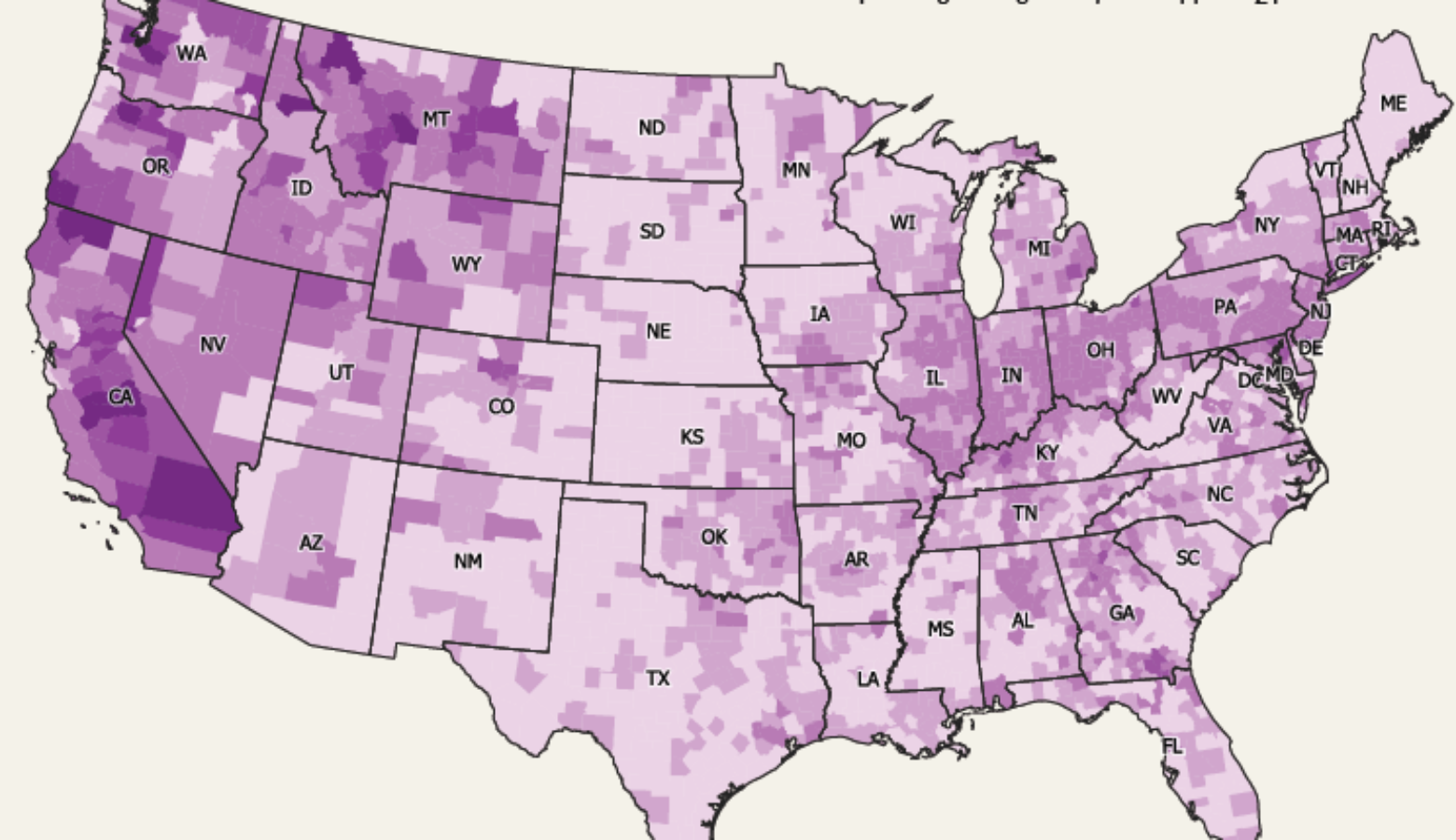Report: Heat, pollution and wildfires expected to make Indiana’s air quality worse in 2054

Most of Indiana is expected to experience one to seven more days of poor air quality in 2054. That’s according to a new report by the First Street Foundation, a nonprofit risk mitigation research group.
Extreme heat, drought and wildfires are undoing air quality gains from the Clean Air Act. The Environmental Protection Agency estimates controlling pollution through the Clean Air Act prevents about 250,000 premature deaths a year.
Jeremy Porter is the head of climate implications research for First Street Foundation. He said 30 years from now, air quality in the U.S. could look as bad as it did in 2004 due to climate change.
“So essentially over the next 30 years we’re going to be wiping away about 20 years of progress that we made associated with reducing pollutants in the air and increasing air quality,” Porter said.
READ MORE: Why do some people think that climate change isn’t happening?
Join the conversation and sign up for the Indiana Two-Way. Text “Indiana” to 765-275-1120. Your comments and questions in response to our weekly text help us find the answers you need on climate solutions and climate change at ipbs.org/climatequestions.
While wildfires out West are driving most of this change, the poor air quality we’ll see in Indiana and the Great Lakes region is mostly due to ozone — also known as smog.
It forms from the combination of sunlight and pollution from things like cars and industrial plants. Smog can make it more difficult to breathe and aggravate lung and heart conditions.
First Street Foundation’s forecasts only take into account wildfire models in the U.S. — which means it’s likely smoke from wildfires in Canada are underestimated in the report.
Rebecca is our energy and environment reporter. Contact her at rthiele@iu.edu or follow her on Twitter at @beckythiele.

